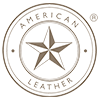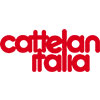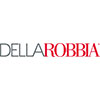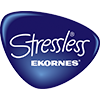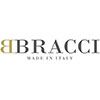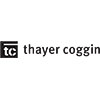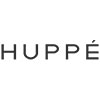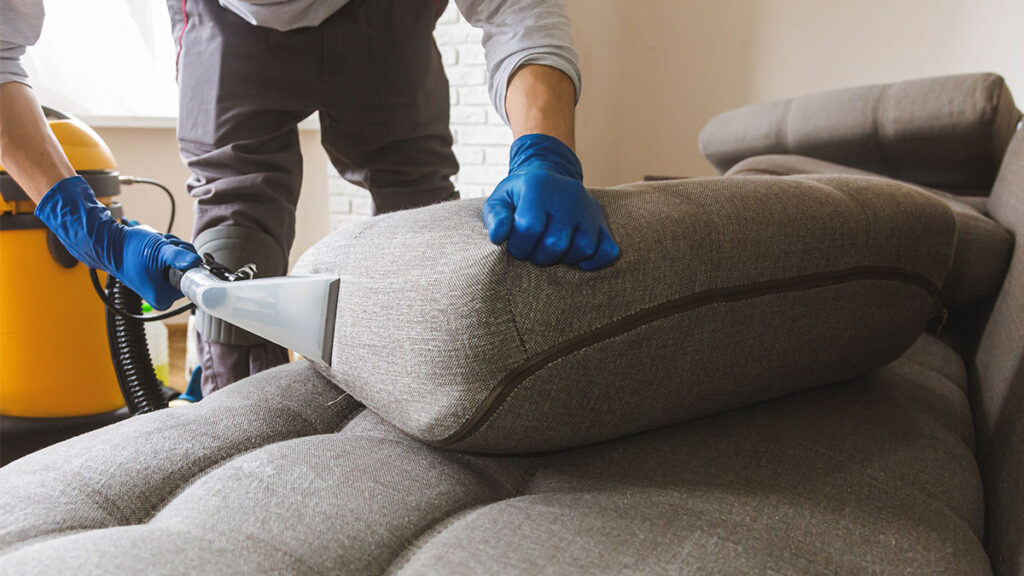
Caring for Your New Addition
Congratulations on the newest addition to your home. We at DoMA would like to take the opportunity to provide a few guidelines on the proper care needed to prolong the life of your new furniture purchase. These guidelines are meant for day to day maintenance along with minor issues you may experience over time. Do not hesitate to contact us for more in-depth information when necessary.
Upholstery
Rotate cushions and pillows weekly to distribute wear. Depressions in cushions are normal under ordinary use and are not considered a defect. Vacuum upholstery weekly using the upholstery attachment and crevice tool of your vacuum to remove loose particles. Annual cleaning is suggested but may vary depending on use. To prevent possible “bleeding” of ink onto fabric, do not leave newspapers or other printed materials lying on upholstery. Take special care when spraying household chemicals and commercial products near upholstery. Avoid placing your furniture in direct sunlight.
Spills and Spot Cleaning
In some cases, spot cleaning can cause a ring or fading. It is suggested to have the entire piece or cushion casing cleaned by a professional cleaning service to ensure uniform results. If you decide to spot clean on your own, check the standard cleaning code listed to determine the correct type of product to use. Always blot spills immediately with a clean, absorbent white cloth and resist rubbing the spot. Pile fabrics may require brushing with a nonmetallic, stiff bristle brush to restore appearance. Follow the cleaning codes below and always pretest cleaning agents in a small inconspicuous area. Never use strong chemicals or detergents.
W – Water Based Cleaner
Spot clean using distilled water and water-based cleaning agents or foam only.
S – Solvent Cleaner
Spot clean with mild, water-free cleaning solvents only. Do not use water or dry clean.
WS – Water/Solvent Cleaner
Spot clean using distilled water and water-based cleaning agents, foam or mild water-free cleaning solvents.
X – Vacuum Only
Vacuum or lightly brush to remove overall soil. Never use water, foam or liquid cleaning agents.
Leather
Clean periodically with a dry cloth to remove residual dust and prevent dirt buildup. Leather furniture should be protected from exposure to sunlight and heat, which may cause the leather to fade or lose its soft, supple feel.
Spots, Spills and Stains
Blot liquid immediately with a clean, absorbent cloth. Butter, oil or grease spills should be wiped with a clean, dry cloth. Spot should dissipate into the leather in a short period of time. For stubborn stains and spills, use specific products suitable for leather and follow the indicated instructions. Do not use harsh cleaners or solvents.
Possible marks in leather, imperfections, grain variations, slightly different color compared to samples are not considered defects but should be appreciated as characteristics of the natural genuine leather. Be aware: Some of the finest leathers (pure anilines) have no protective topcoat. They are much more fragile and should never be cleaned with liquid. Remember that perspiration, body oils and hair oils left on leather for any period of time can cause staining, drying out, cracking and/or peeling. Direct sunlight should be avoided. In addition, leather can be punctured by sharp instruments and items that might be carried in pockets
Wood
The care of wood furniture varies according to the wood type and finish and the function of the piece. Please consult your sales associate for more specific care guidelines, as some collections have supplemental care instructions. Wood is a natural material susceptible to climate and the elements. Direct sunlight may slightly darken or lighten wood furniture. Dust with a dry, soft cloth. Remove any soil buildup with a damp cloth and dry immediately. Wipe spills immediately with a soft, dry cloth Do not use harsh chemicals or abrasives on any finish. Always use coasters or trivets to prevent heat and water from having direct contact with wood surfaces. Use felt pads on any displays or hard objects that are placed directly on the surface. Avoid any contact with chemical cleaners commonly used on floors.
Sticking Doors and Drawers
Cases will be leveled at the time of delivery, ensuring an even fit of doors. As items are placed inside the case, or if the case is moved, the redistribution of weight may cause the doors to bind or to be uneven. Re-level the case to ensure proper door alignment by using shims under one or more corners, or adjust self-leveling glides, when available. With minor changes in temperature and humidity, doors and drawers may swell and be difficult to open or close. Tolerances have been built into the units but extreme conditions may still cause sticking. This will adjust back to normal over time but until it does, consider using a dehumidifier or rub candle wax or paraffin on the sides that are affected.
Glass and Ceramic Surfaces
Tempered glass surfaces offer additional safety. When broken, the glass will break into small fragments as opposed to dangerously large pieces. To prevent breakage, do not place overly hot or cold items on unprotected surfaces and avoid impacts with hard or sharp objects. To prevent scratches, avoid dragging objects across the surface.
Micro-Etched Glass
BDI’s exclusive micro-etched glass top may appear to have smudges or minor scratches over time. These are easily removed by following these simple steps: Use glass cleaner, a Scotch-brite pad and a dry cloth. Wet the surface with glass cleaner and lightly buff with a Scotch-brite pad in a circular motion. Then, dry the surface using a clean cloth towel. The glass surface will be restored to its original sheen.
Ceramic Tops
This material is ideal for everyday use and does not require particular treatment or precautions. Ceramic tops are extremely easy to clean as the surface does not absorb liquids and all spills can be wiped away easily.
Rugs
Wool Rugs
For the first two to six months, additional vacuuming without the beater bar turned on (or with the highest pile setting) may be necessary to manage the normal shedding that occurs with wool rugs. Blot spills immediately with a clean, absorbent white cloth. Rugs should not be saturated with cleaning solvents or scrubbed excessively. We suggest using products designed specifically for wool. For best results, periodic professional cleaning is recommended. Shag rugs will continue to shed for their entire life. Loose tufts should be cut, not pulled. Rotate the rug periodically to help reduce uneven wear. Avoid placing rugs in direct sunlight to prevent fading over time. A rug pad is recommended for all rugs.
Non Wool Rugs
Vacuum regularly. Blot spills immediately with a clean, absorbent white cloth. Spot clean or shampoo with a mild detergent. For best results, periodic professional cleaning is recommended.
Indoor/Outdoor Rugs
Wash with a mild detergent and rinse with a garden hose.
Outdoor Furniture
Metal Aluminum
Aluminum frames will not rust if the finish is broken or scratched. Clean all surfaces with mild soap and water as needed. Store indoors out of season. Tilt furniture to allow water to drain prior to storage.
Galvanized Steel
Steel frames will rust if the finish is scratched or if your furniture is exposed to excessive humidity, particularly in saltwater locations. We recommend the use of covers during inclement weather. Dust regularly with a dry, soft cloth. Do not use harsh chemicals or abrasive cleaners, as they can damage the finish.
Stainless Steel
Clean with a damp cloth, mild detergent and wipe dry. Do not use glass cleaner. Store indoors or cover during offseason. Seaside residents should apply protectant regularly.
Teak
If left untreated, teak will develop a desirable silvery-grey patina over time. To maintain the look of new wood, use our products specific to protection and maintenance of teak wood. Teak may be left outdoors year-round, though we recommend the use of covers during inclement weather.
Protection Plans
Protection plans on furniture, rugs and outdoor are available. See the store for details to give you have peace of mind on your investment.

